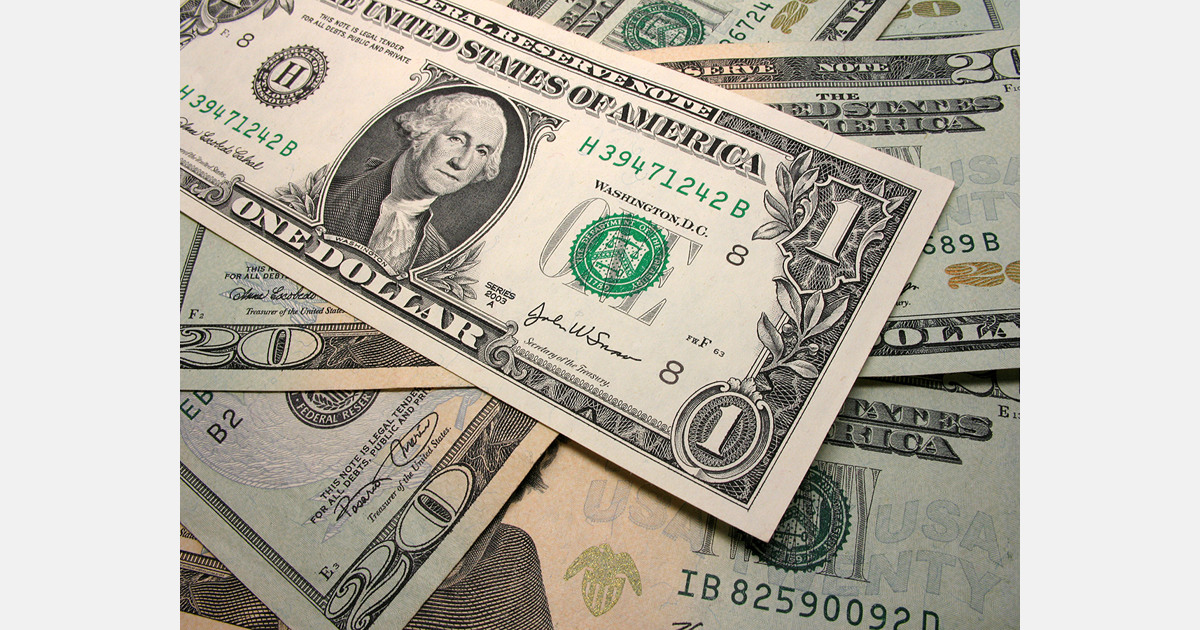
The U.S. dollar fell to a five-week low on Monday as investors prepared for upcoming labour market data that could shape expectations for the Federal Reserve’s monetary easing path. Traders also weighed Friday’s U.S. inflation figures, a federal court ruling that most of former President Donald Trump’s tariffs are illegal, and President Joe Biden’s dispute with the Fed over his attempt to dismiss Governor Lisa Cook.
Money markets currently price around a 90% chance of a 25-basis-point Fed rate cut in September and about 100 basis points of easing by autumn 2026, according to the CME FedWatch tool. The dollar index eased 0.22% to 97.64, after touching 97.552, its lowest since July 28, and closed August with a 2.2% decline.
The focus this week is on Friday’s nonfarm payrolls report, preceded by data on job openings and private payrolls. Analysts said the U.S. economy is no longer outperforming as it did for much of the past decade, which supports a weaker dollar. Further signs of labour market softness are expected to reinforce that view.
“Severe weakness (in economic data) would point to an even more forceful Fed response than market pricing predicts, but if May/June weakness is revealed as a statistical mirage, rate cuts would seem unwarranted given the almost certain prospect of rising inflation over the next year or so,” Societe Generale economist Klaus Baader said. Some analysts still see the possibility of a 50-basis-point cut later this month.
The euro rose 0.35% to US$1.1724, while sterling gained 0.18% to US$1.3528. U.S. markets were closed for a holiday on Monday. Political risks are also being monitored, as the French government faces a likely defeat in a confidence vote on budget cuts. Analysts noted that such risks only affect the euro when there are signs of contagion within the eurozone, which are not evident now.
Trade policy remains in focus. “We do not see much market impact from the court ruling,” Jefferies economist Mohit Kumar said. “The matter would pass on to the Supreme Court, which is likely to rule in favour of Trump.”
The dollar has also been pressured by concerns over Fed independence. “Fiscal dominance risks should be more clearly apparent in both higher long-end U.S. inflation break-evens and a higher risk discount on the dollar, none of which is materializing yet,” said George Saravelos, head of forex strategy at Deutsche Bank.
The dollar was steady at 147.00 against the yen after a 2.5% decline in August. The onshore yuan held near a 10-month high at 7.1326 per dollar, supported by firm central bank fixings and a stronger domestic stock market. China’s factory activity in August expanded at the fastest pace in five months, according to a private survey, contrasting with official data showing contraction for a fifth straight month.
Source: Reuters
Source: The Plantations International Agroforestry Group of Companies
